-
 Holistic Alternativesat Essentials Day Spa
Holistic Alternativesat Essentials Day Spa
34302 US Hwy 19 N
Palm Harbor, FL 34684 Appointments @Essentials Day Spa:
(727) 474-3103Text/Call Robert:
(631) 232-7978Palm Harbor Hours
Mon-Fri10am to 8pmSat10am to 6pmSun10am to 4pm
-
 Holistic Alternativesat Contour Fitness
Holistic Alternativesat Contour Fitness
34310/34314 US 19 S
Palm Harbor, FL 34684 - New Patient Clinic FormsPlease print & fill out our clinic forms to speed up your intake process during your 1st visit.
Traditional Chinese Medicine
Are Your Eyes Red or Inflamed?
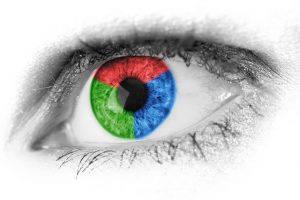 In the world of Traditional Chinese Medicine, the liver energy flows upward into the eyes. When this energy is flowing smoothly and working as it should, your vision is clear and sharp, you have efficient night vision and the eyes are bright and well-lubricated.
In the world of Traditional Chinese Medicine, the liver energy flows upward into the eyes. When this energy is flowing smoothly and working as it should, your vision is clear and sharp, you have efficient night vision and the eyes are bright and well-lubricated.
When out of balance, the liver can generate heat that rises upward. This heat can manifest in dry eyes, itchy eyes or eyes that are red and irritated. Think about how red one’s eyes can get after a night of drinking. Alcohol adds heat to the liver, which in turn rises upward and creates hot, red eyes. The facial flushing you see after a night of imbibing is also indicative of this heat. continue reading
IBS: Relief with Traditional Chinese Medicine
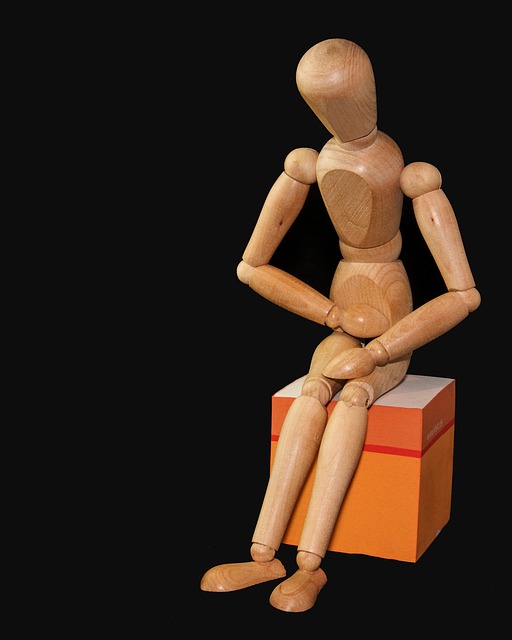 Irritable Bowel Syndrome, otherwise known as “spastic colon,” is a common disorder that affects the colon and causes many disruptive symptoms. Many of these symptoms can be managed with a simple change in diet and lifestyle. Chinese herbal medicine and acupuncture may be able to help. continue reading
Irritable Bowel Syndrome, otherwise known as “spastic colon,” is a common disorder that affects the colon and causes many disruptive symptoms. Many of these symptoms can be managed with a simple change in diet and lifestyle. Chinese herbal medicine and acupuncture may be able to help. continue reading
All About Moxibustion
Traditional Chinese Medicine is a medical system that incorporates numerous methods for treating disease and illness. One of the tools found in the toolbox of the TCM practitioner is known as moxibustion.
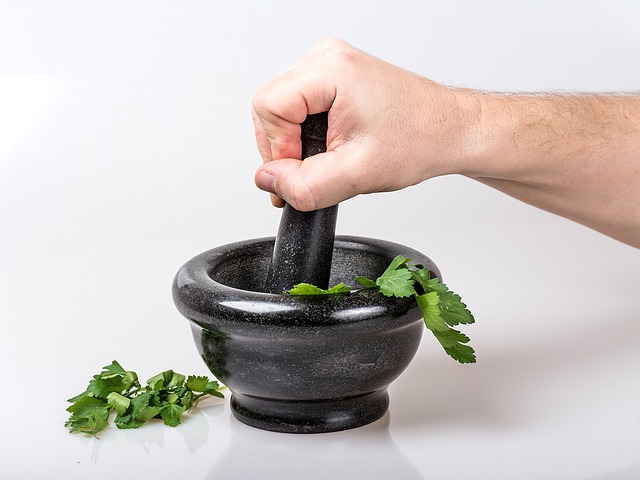
Moxibustion is a technique that involves the burning of mugwort, known as moxa, which is an herb that facilitates healing. The purpose of moxibustion is to stimulate the flow of Qi (pronounced “chee”), strengthen the blood and maintain general health. Qi is translated as life energy. There are two types of moxibustion, direct and indirect. Direct moxibustion uses moxa shaped into a small cone and is placed on top of an acupuncture point and burned. This type of moxibustion has two subcategories, scarring and non-scarring. Scarring moxa burns until it distinguishes on its own. This may lead to localized scarring and blisters. Non-scarring moxa allows for the moxa to be placed on the acupuncture point, lit, extinguished and removed before it burns the skin. continue reading
Heart Afire: The Fire Element
The organs in Chinese medicine are more than just a physical representation. The organs include not only their physiological function, but also their mental, emotional, spiritual and elemental qualities that align with nature and the seasons. Let’s explore the heart.
The heart season is summer, and heart is considered the most yang: hot, bountiful and abundant. Yang is what is bright, moving, outward, hot and loud. Yin is what is more inward, still, dark and cooler. The color of the heart is associated with red, the climate is heat, the flavor is bitter and it’s paired organ is the small intestine (many urinary issues are due to “heart fire” heat descending). The sense aligned with heart is the tongue, and the vessels associated with heart are the tissues. The heart sound is laughing, and the emotion is joy. The heart houses what is known as the shen, which is the mind and spirit. continue reading
Valentine’s Day, TCM and Heart Health
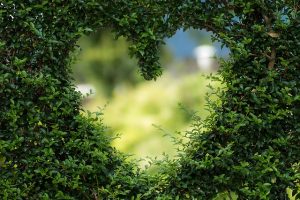 Every February men all over the world flock to the local flower shops and jewelry stores in search of the perfect bouquet or piece of jewelry to express their undying love to their significant other. Why? Nobody knows for certain, but there are at least a couple of theories.
Every February men all over the world flock to the local flower shops and jewelry stores in search of the perfect bouquet or piece of jewelry to express their undying love to their significant other. Why? Nobody knows for certain, but there are at least a couple of theories.
One theory is a Catholic priest, Valentine, was imprisoned for helping Christians escape Roman prisons. While he imprisoned himself, Valentine fell in love with a young girl who visited him. Allegedly, before his death, Valentine wrote a letter and signed it, “From your Valentine.” Thus, the first Valentine’s Day card was created, or so it is reported. continue reading
Going Deeper: The Kidneys
The organs in Chinese medicine are more than just a physical representation. The organs include not only their physiological function, but also mental, emotional, spiritual and elemental qualities that align with nature and the seasons. Let’s explore the kidneys.
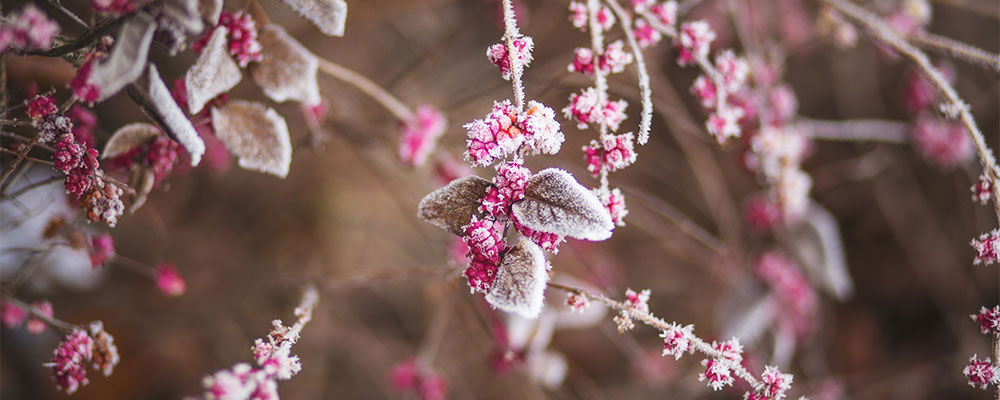
The kidney element in Chinese medicine governs water and is associated with the season of winter, where the energies are turning from the hotter yang months to the more yin of winter. Each organ has an element associated with it: liver and wood, stomach and earth, kidney and water, for example. There is also an emotion, a color and flavor associated with the organ system. For the kidneys, the emotion is fear, the color is dark or black and the flavor is salty. It also opens to the ear, has the direction of north and is paired with the bladder. The kidney element houses willpower and manifests in the teeth and luster of the hair. continue reading
Why am I so TIRED…and how to fix
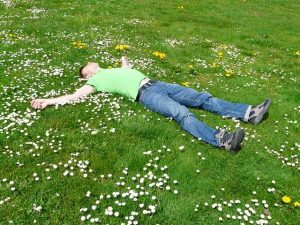 A very common complaint that acupuncturists hear from our patients is that they constantly feel tired. Sometimes this fatigue is related to lack of sleep, but sometimes no amount of rest seems to alleviate the sleepiness.
A very common complaint that acupuncturists hear from our patients is that they constantly feel tired. Sometimes this fatigue is related to lack of sleep, but sometimes no amount of rest seems to alleviate the sleepiness.
From an acupuncture and Chinese Medicine perspective, there are numerous imbalances in our bodies that can cause the constant fatigue. Here are some of the most common imbalances that can lead to fatigue, lethargy, lack of energy and motivation, and tiredness. continue reading
Alternative Treatment Options For Allergies and Asthma
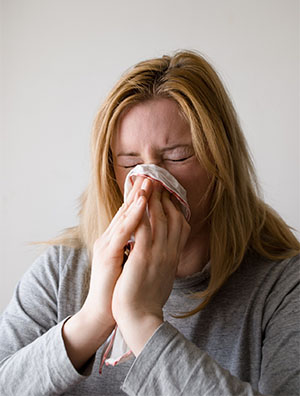 Do you suffer from allergies or asthma? It’s a little-known fact that these two conditions are directly linked to each other. Asthma, which affects roughly one in 12 people according to the CDC, is characterized by spasms of the small airways and inflammation. Furthermore, about 90% of children under the age of 16 with asthma have allergies, while 70% of people between the ages of 16 and 30 have allergies, and 50% of adults over the age of 40 have allergies. continue reading
Do you suffer from allergies or asthma? It’s a little-known fact that these two conditions are directly linked to each other. Asthma, which affects roughly one in 12 people according to the CDC, is characterized by spasms of the small airways and inflammation. Furthermore, about 90% of children under the age of 16 with asthma have allergies, while 70% of people between the ages of 16 and 30 have allergies, and 50% of adults over the age of 40 have allergies. continue reading